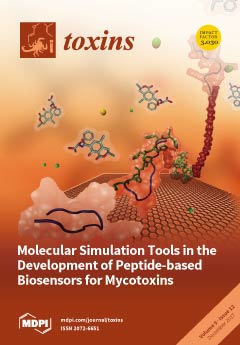Cyanobacteria blooms are frequent in freshwaters and are responsible for water quality deterioration and human intoxication. Although, not a new phenomenon, concern exists on the increasing persistence, scale, and toxicity of these blooms. There is evidence, in recent years, of the transfer of
[...] Read more.
Cyanobacteria blooms are frequent in freshwaters and are responsible for water quality deterioration and human intoxication. Although, not a new phenomenon, concern exists on the increasing persistence, scale, and toxicity of these blooms. There is evidence, in recent years, of the transfer of these toxins from inland to marine waters through freshwater outflow. However, the true impact of these blooms in marine habitats has been overlooked. In the present work, we describe the detection of
Planktothrix agardhii, which is a common microcystin producer, in the Portuguese marine coastal waters nearby a river outfall in an area used for shellfish harvesting and recreational activities.
P. agardhii was first observed in November of 2016 in seawater samples that are in the scope of the national shellfish monitoring system. This occurrence was followed closely between November and December of 2016 by a weekly sampling of mussels and water from the sea pier and adjacent river mouth with salinity ranging from 35 to 3. High cell densities were found in the water from both sea pier and river outfall, reaching concentrations of 4,960,608 cells·L
−1 and 6810.3 × 10
6 cells·L
−1 respectively. Cultures were also established with success from the environment and microplate salinity growth assays showed that the isolates grew at salinity 10. HPLC-PDA analysis of total microcystin content in mussel tissue, water biomass, and
P. agardhii cultures did not retrieve a positive result. In addition, microcystin related genes were not detected in the water nor cultures. So, the
P. agardhii present in the environment was probably a non-toxic strain. This is, to our knowledge, the first report on a
P. agardhii bloom reaching the sea and points to the relevance to also monitoring freshwater harmful phytoplankton and related toxins in seafood harvesting and recreational coastal areas, particularly under the influence of river plumes.
Full article






